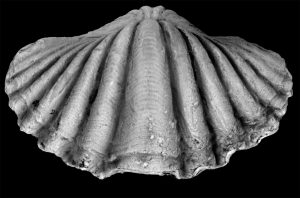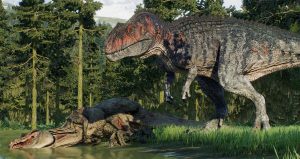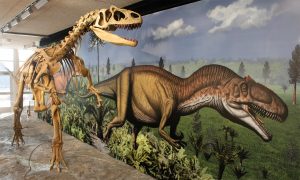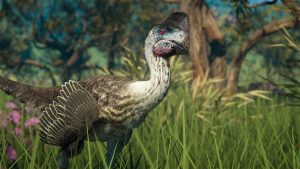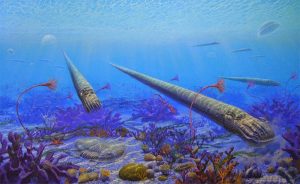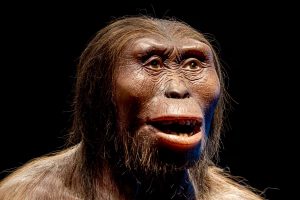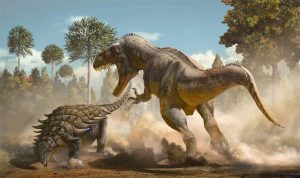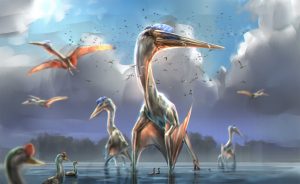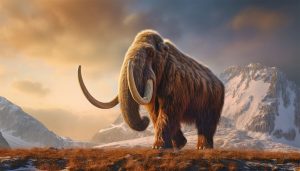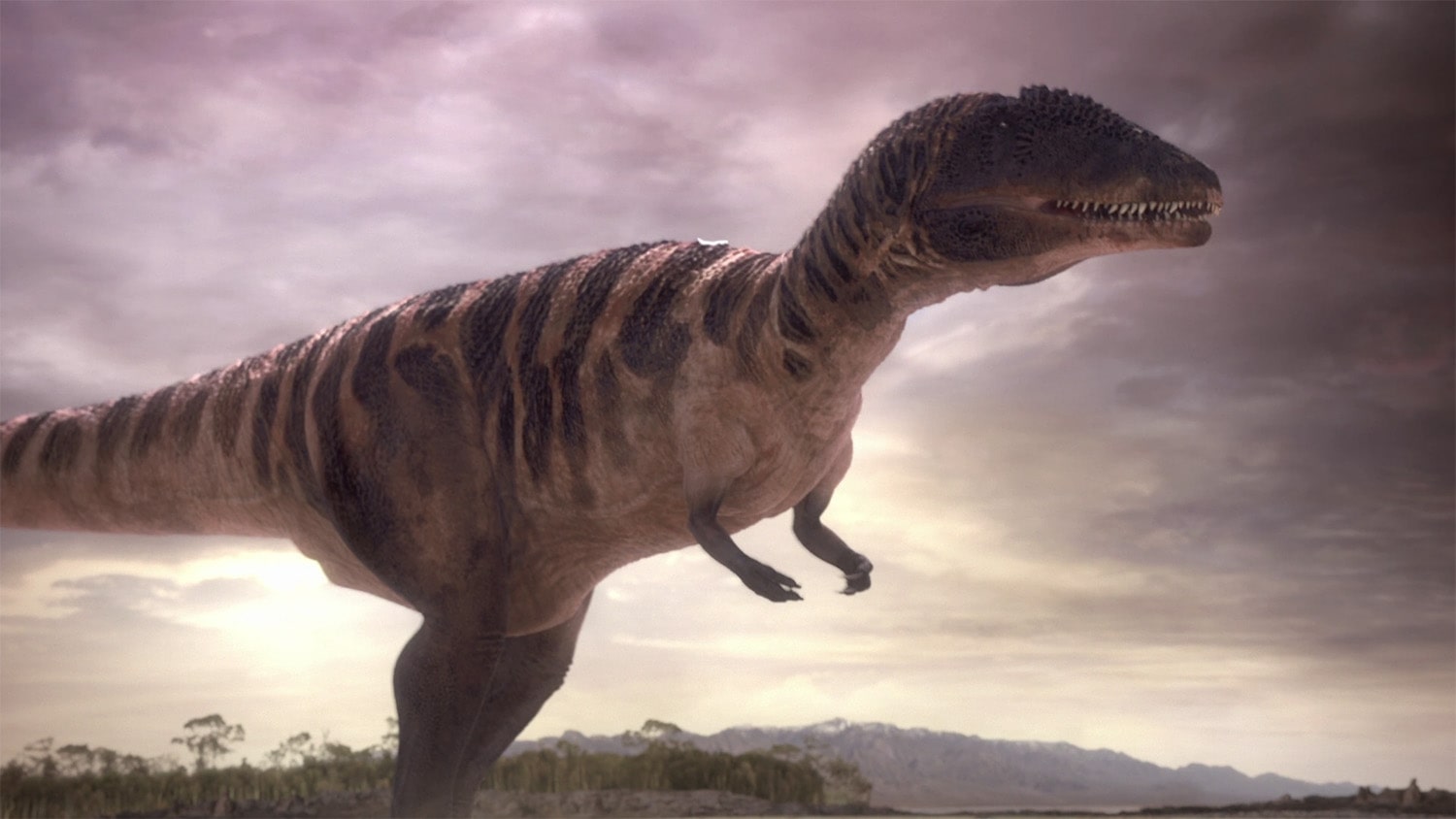
24 interesting facts about Carcharodontosaurus
- 👁️ 334
Carcharodontosaurus, a name that translates to “shark-toothed lizard,” was one of the most fearsome predators to walk the Earth during the Cretaceous period. This massive theropod dinosaur is renowned for its gigantic jaws lined with sharp, serrated teeth that could slice through flesh with ease. The discovery of Carcharodontosaurus has provided significant insights into the diversity of predatory dinosaurs and their ecological niches. As we delve into the intriguing aspects of this ancient giant, we uncover a world where these creatures roamed vast African landscapes, ruling the top of the food chai
- Carcharodontosaurus was first described in 1931 by Charles Depéret and J. Savornin.
- It lived approximately 100 to 93 million years ago during the mid-Cretaceous Period.
- This dinosaur was primarily found in North Africa, including modern-day Morocco, Algeria, and Niger.
- The estimated length of Carcharodontosaurus could reach up to 13 meters, making it one of the largest known carnivorous dinosaurs.
- It weighed between 6 to 15 tons, depending on the species and individual size estimates.
- The skull of Carcharodontosaurus was massive and elongated, measuring over 1.6 meters in some specimens.
- Its teeth were up to 8 inches long, resembling the teeth of a great white shark in shape and serration.
- Carcharodontosaurus had relatively short arms but powerful legs that suggest it was a fast runner.
- The dinosaur’s brain was relatively small compared to its body size, which is typical for large theropods.
- There are two recognized species of Carcharodontosaurus – C. saharicus and C. iguidensis.
- The first fossils were destroyed during World War II, and much of our current understanding comes from later finds.
- Carcharodontosaurus likely hunted large sauropods and other herbivorous dinosaurs.
- It shared its habitat with other large predators like Spinosaurus and might have competed for food.
- The bite force of Carcharodontosaurus is estimated to have been extremely powerful, possibly one of the strongest among theropods.
- Paleontologists believe that this dinosaur was an apex predator in its ecosystem.
- The fossils include many well-preserved skull fragments, teeth, and some vertebrae.
- Detailed studies of its teeth suggest a highly effective slicing ability, which helped in consuming large prey.
- Unlike many other theropods, Carcharodontosaurus did not have feathers.
- Its fossils were initially mistaken for those of a large theropod closely related to Allosaurus.
- The overall body structure of Carcharodontosaurus suggests it was well adapted to a warm climate.
- Its eyes were positioned in such a way that it likely had good depth perception.
- Studies suggest that juvenile Carcharodontosaurus had different feeding habits compared to adults.
- It is believed that Carcharodontosaurus moved in small groups or pairs, not large packs.
- The discovery and study of Carcharodontosaurus have helped scientists understand more about the diversity of ecosystems in ancient North Africa.
Carcharodontosaurus stands out as a testament to the incredible variety of life that once thrived on our planet. With its massive size, powerful jaws, and sharp teeth, it was undoubtedly a formidable predator of the Cretaceous period. The study of such magnificent creatures continues to challenge and expand our understanding of prehistoric life, offering glimpses into the complex dynamics of ancient ecosystems. As more fossils are discovered and technologies advance, the legacy of Carcharodontosaurus will undoubtedly continue to inspire awe and scientific inquiry.
